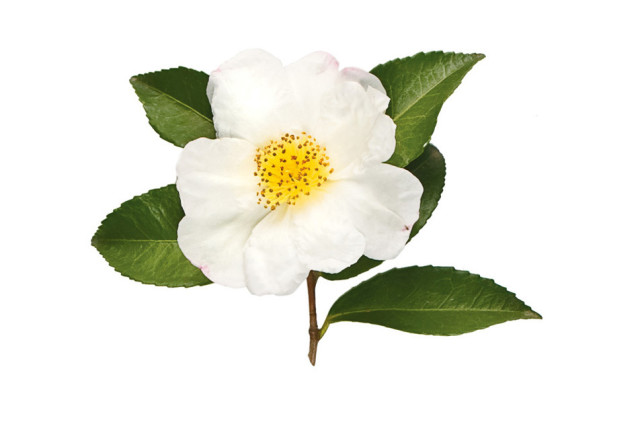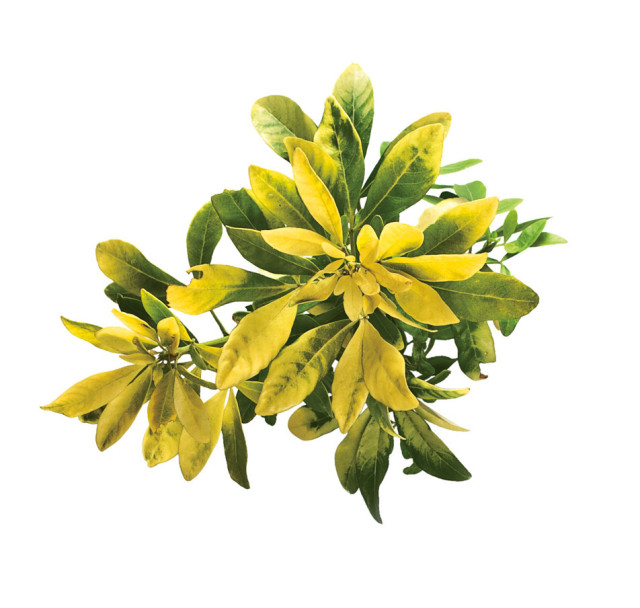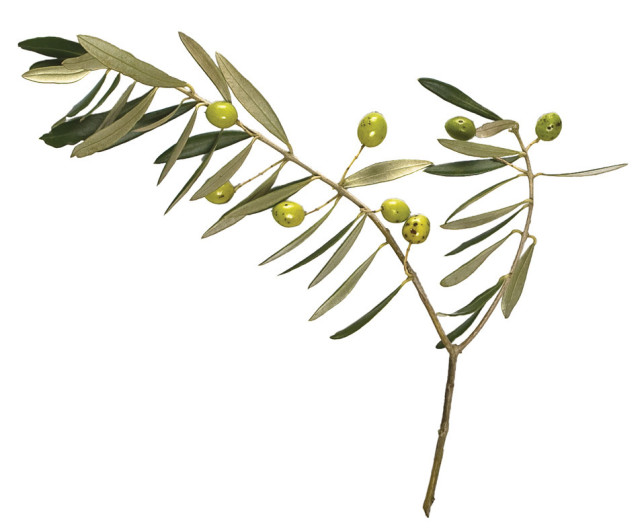Architecture of a Season
As the old saying goes, never go grocery shopping when you’re hungry. That might be fine advice for the wallet and the waistline, but for your garden, your deepest winter craving for color means it’s feeding time. That’s when some of the best winter plants like to grow.
I learned my best lessons about winter planting from the exquisite local garden of the late Jane Platt.
A master illusionist, Platt knew how to create a sense of deep space where there was none, layering textures and colors atop Portland’s classic winter evergreens. She turned each season into acts in a year-round drama, pairing plants whose blooms peaked together for an ensemble performance that far outshined any individual plant’s flowers.
Structure, color and light—and the too-seldom celebrated winter quality of aroma—formed a few of Platt’s winter gardening principles, from which we can all learn.
{page break}
Begin with the Background
Like a good cocktail party, a winter garden needs an inspiring setting. Start by getting the “room” right, before inviting the colorful guests. Conifers like Mediterranean cypress (Cupressus sempervirens), for instance, can shape a space as strongly as the columns in a temple. And for background, you’ll need finely textured evergreens that will provide contrast for the brightly colored or boldly patterned leaves, twigs or flowers that are going to be the “show.”
The trees that shine brightest in a winter garden grow reflective surfaces on the underleaves.
If your space is small, plant clinging vines such as climbing hydrangea or jasmine. Reminiscent of drapery in a room, they will cover any fence or wall near which they’re planted. Thanks to aficionados in Japan, jasmines can be found easily in any leaf color. One particularly stunning form is an Asian variety known as “beautiful gold” (Trachelospermum asiaticum ‘Ogon Chirimen’) whose leaves are a deep, golden yellow, turning orange in winter. But no matter which you choose, pay attention to the light: Hydrangeas prefer moderate shade, while jasmines like more sun.
With small, broad-leaved evergreens like Chinese mock oranges (Pittosporum tobira), you can create tapestries of leaf color from dark-green to splashed cream-and-white, while getting the bonus of highly scented flowers in the warmer months. A new variety on the local scene, P. parvilimbum, sprouts creamy flowers atop very fine foliage on a six- to eight-foot shrub in early spring. But my current favorite is Mexican orange (Choisya ternata ‘Sundance’). With its golden leaves growing to almost six inches round on a four- to five-foot plant, it works either as background for intense red twig dogwoods (Cornus stolonifera) or as a focal point itself.
{page break}

Camellia Sasanqua, Narumigata
Now Add Color and Fragrance
Also consider smell when planning a winter garden. Winter daphne (Daphne odora) is a classic that always reminds me of my grandmother, mostly for her habit of trying to grow it in unfriendly terrain. Daphnes are fussy, so make sure you have adequate drainage and at least a half day’s sun. And leave them be; they don’t like being transplanted.
Darjeeling (Daphne bholua ‘Darjeeling’) is a tall, slender shrub that blooms with pale pink flowers in November and fills the air with a sweet custard fragrance through January. One of the great cultivars of odora (D. odora ‘Aureomarginata’) offers crisp, white flowers and what I find to be a more endearing scent. Alba’s (D. odora ‘Alba’) blue-green leaves and white flowers smell like lilies all year long.

Choisya Ternata, Mexican Orange
Another option is camellias. But there are many varieties beyond the blazing reds that seem to have flooded the chain nurseries. A good one to check out is Camellia transarisanensis —the kind of small-flowered camellia that Jane Platt favored, which can be found blooming in the Portland Classical Chinese Garden. But my favorite—Narumigata (Camellia sasanqua ‘Narumigata’)—is an old Japanese cultivar. It reaches six- to eight-feet high and is easily turned into a hedge. Its two-inch leaves grow densely against the branches that yield a yearly festival of color with pearly white flowers, each with a cluster of pale yellow stamens in the center. It’s a show that commences in early November and, barring a hard freeze, lasts into January. Narumigata also has another quality that is lost in many modern hybrids: an earthy, sweet fragrance guaranteed to etch a memory at an entrance or exit to your garden.
{page break}
The Power of Trees

Cupressus Sempervirens, Mediterranean Cypress
There are plenty of trees for the small garden that shine brightest in winter. The best ones grow reflective surfaces on the underleaves: silver, white or even gold. When the sun is low and the wind is stirring, the effect is nothing short of dazzling.
A favorite is the silver-leaf oak (Quercus hypoleucoides). The three-inch evergreen leaves, though leathery and green on top, have a stunningly shiny underbelly. Growing to only 20 or 30 feet, it fits in small gardens and is tolerant of both drought and mucky, clay soil.
Gum and olive trees have also become fashionable in recent years. You’ll need to make careful choices for frost tolerance and size, but they do offer excellent leaf and bark color for winter. Snow gum varieties are particularly good (e.g., Eucalyptus pauciflora subsp. niphophila), but like fine wines, each should be enjoyed for its individual qualities. All have bluish leaves, which offer a cool-hued ambience in summer, yet warm their surroundings when the winter light glazes their peeling white bark, showing patches of salmon, olive and tan.

Olea Europaea, ‘Picual’ Olive Tree
Olive trees are slower growing, but a few thousand years of cultivation have proven their worth. (Most produce olives quite well, but they need a lot of processing to make them martini-ready.) It’s a tree that even the brownest thumb can love; it prefers rocky soil, full sun and summer drought. But Picual olive (Olea europaea ‘Picual’) can grow to 15 feet in about 10 years here, and displays its leaves upward in an almost imbricate pattern. Leave the fruit alone, and the greenish-black olives will provide a stunning visual contrast through the winter.
Platt’s ideas are still at work at her family estate, Bishop’s Close. Like other Victorian gardeners who turned Portland into an early horticultural center, her father, Peter Kerr, quickly learned the colors, textures and aromas warmer winters can produce—and how much more beautiful the rain can be when paired with a blooming camellia.
